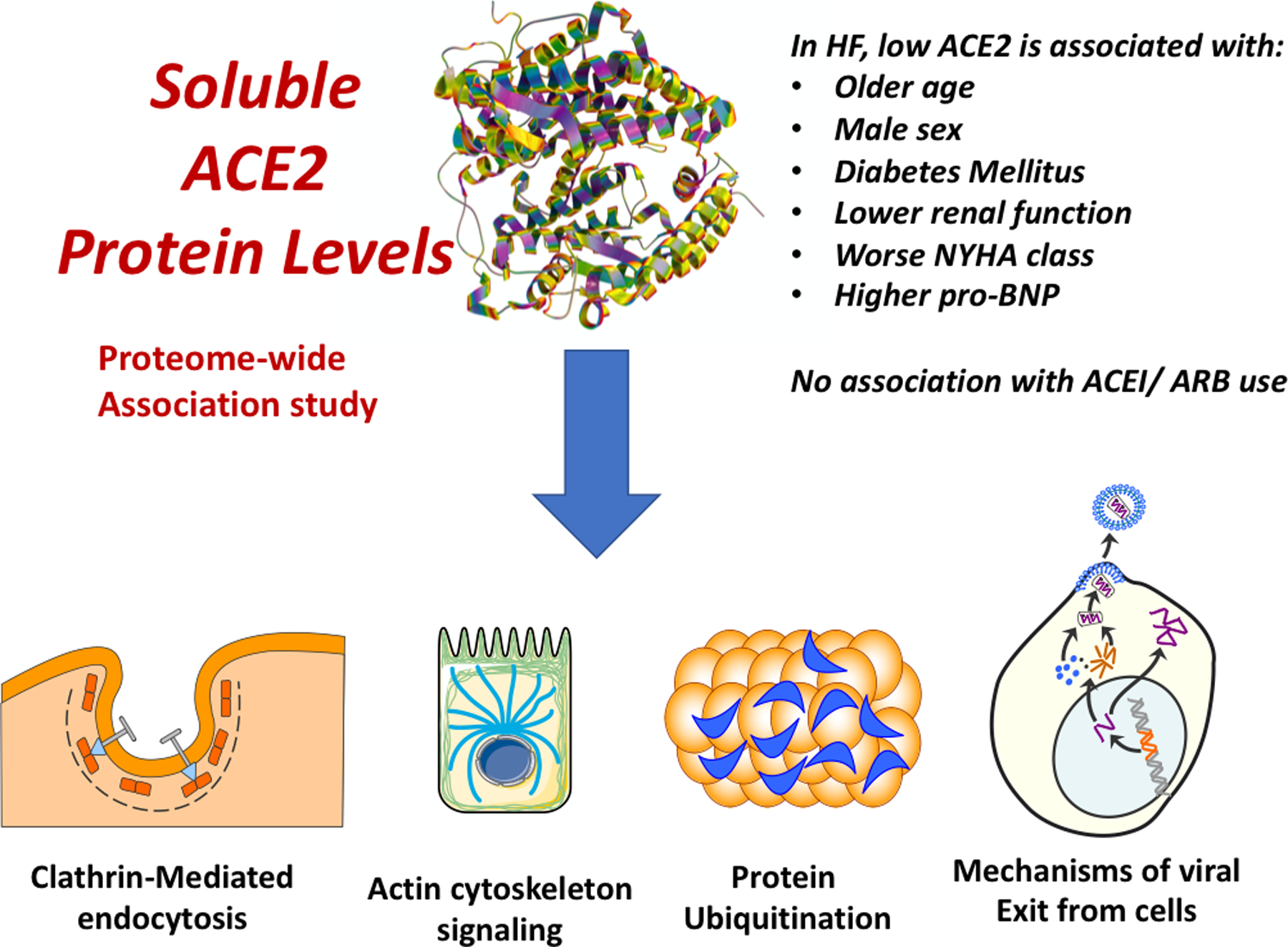Figure 1. Key clinical and proteomic correlates of plasma ACE2.

Lower plasma ACE2 was associated with various clinical factors, including older age, male sex, diabetes mellitus, a lower estimated glomerular filtration rate, worse New York Heart Association (NYHA) class and higher pro-BNP levels, but were not associated with angiotensin-converting enzyme inhibitor (ACEI) and/or angiotensin-receptor blocker (ARB) use. In a broad proteome-wide association study, plasma ACE2 was associated with various canonical pathways, including clathrin-mediated endocytosis signaling, actin cytoskeleton signaling, mechanisms of viral exit from host cells, the protein ubiquitination pathway.
